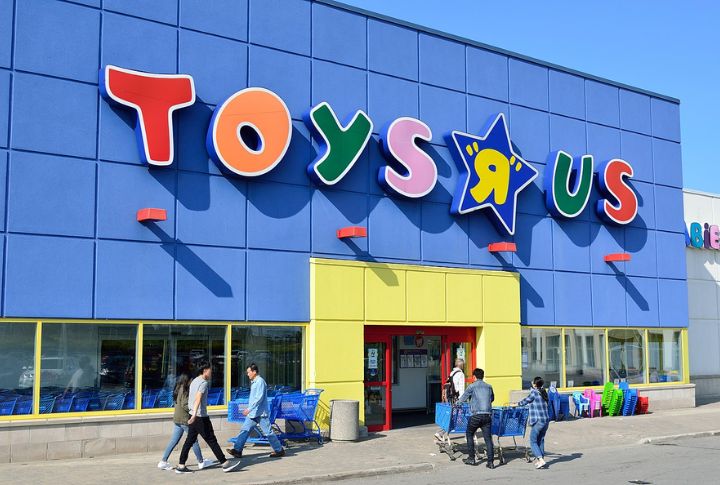
America’s business environment has seen the rise and fall of unforgettable names. Some closures followed industry shifts, but a few were a surprise to most. This list revisits 10 iconic companies that once thrived, only to have something unpredictable pull the plug on their success.
Pan American World Airways (Pan Am)
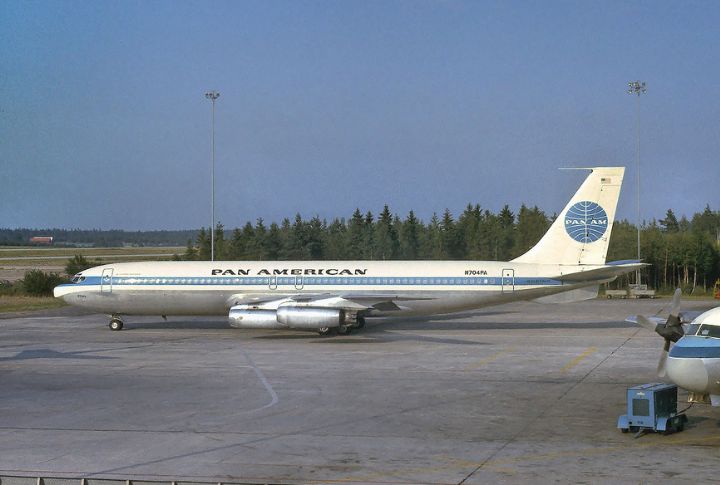
Pan Am symbolized glamour in air travel, especially during the Jet Age. Its global influence extended beyond aviation, thus appearing in films and inspiring airport fashion. But by 1991, rising competition and the aftermath of the Lockerbie bombing sealed its final departure from the skies.
Toys “R” Us
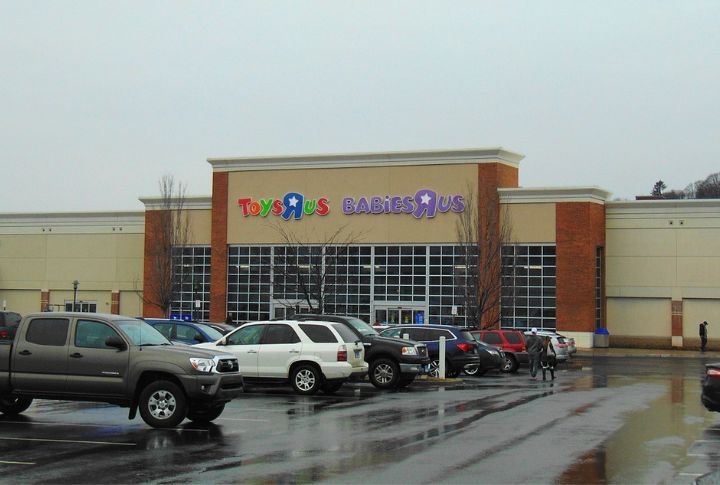
For decades, Geoffrey the Giraffe greeted millions. The toy chain dominated childhoods until 2017 when debt from a leveraged buyout collided with shifting retail habits. Despite loyal shoppers and deep brand recognition, the magic dimmed as shelves emptied and stores shuttered across the nation.
Blockbuster Video

Late fees and Friday night rentals once defined Blockbuster’s grip on the home entertainment market. But a decision to pass on buying Netflix proved costly. Struggling to pivot to digital, it rapidly lost ground. By 2014, only one store remained; this reminds us how quickly habits can change.
Kodak

Known for capturing the world on film, Kodak built its empire on photography innovation. Ironically, it invented digital photography but failed to act on it. As smartphone cameras gained popularity, Kodak filed for bankruptcy in 2012 and left behind its iconic yellow packaging and millions of preserved memories.
Borders Books
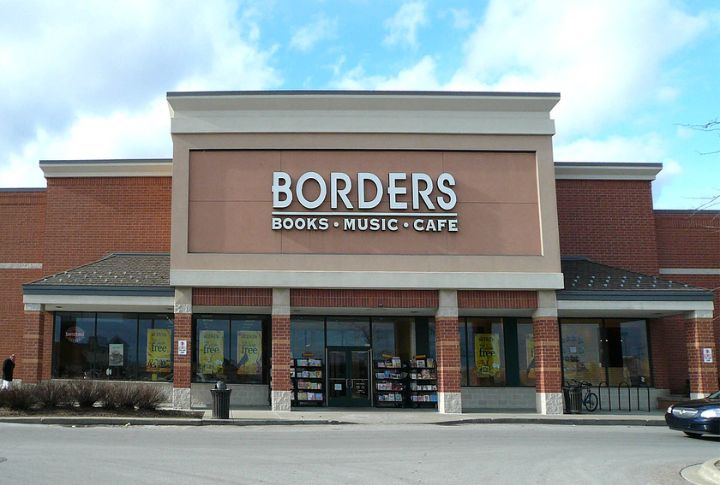
With online giants and e-books gaining ground, Borders closed its last stores in 2011. Back then, this company helped many readers discover bestsellers and hidden gems in sprawling aisles. Yet, it invested heavily in physical expansion without developing a digital strategy.
Howard Johnson’s
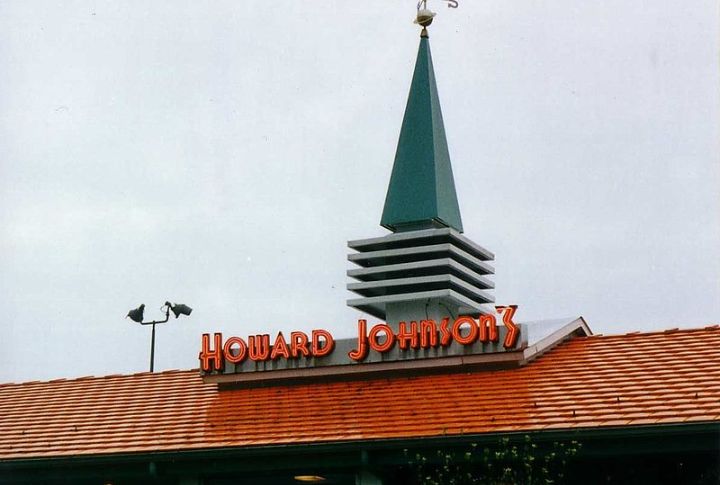
What began as a soda fountain grew into a roadside empire of orange roofs and comfort food. Howard Johnson thrived in mid-century America, but changing travel patterns and franchising disputes eroded its base. The final location closed in 2022 and marked the end of an era of predictable pit stops.
Circuit City
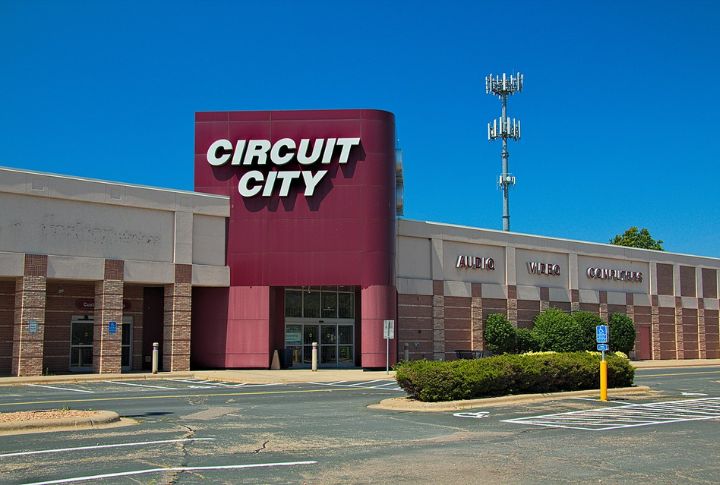
A one-time leader in consumer electronics, Circuit City pioneered the big-box tech retail model. However, cost-cutting missteps, including the elimination of commissions and key product lines, undermined its competitive edge. By 2009, it exited the market entirely, making way for competitors with sharper inventory strategies and customer service models.
RadioShack
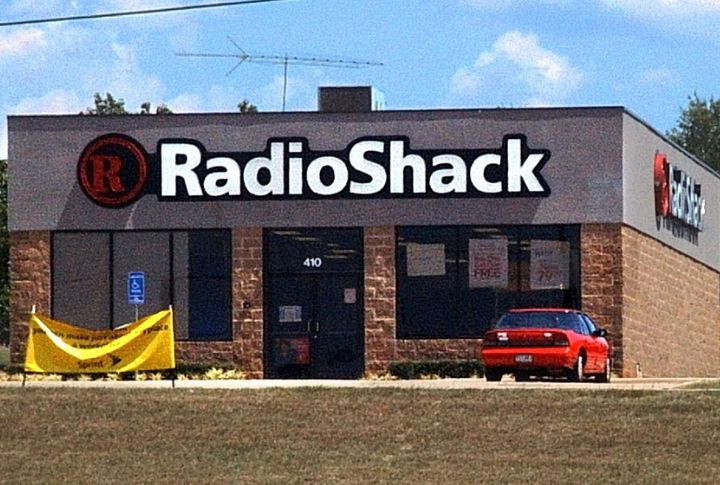
With roots in ham radio supplies, RadioShack became a go-to for gadget tinkerers and early adopters. But by the 2010s, consumer behavior shifted. When big-box retailers and e-commerce took over, the brand filed for bankruptcy twice. Today, we only remember the memories of project parts and helpful in-store diagrams.
Tower Records
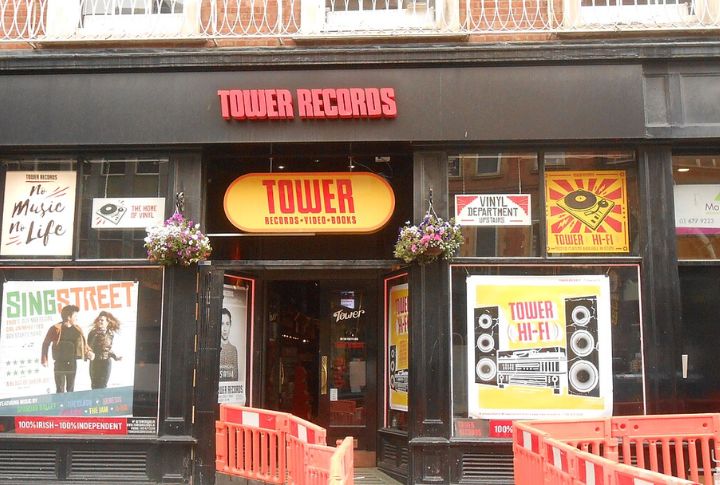
Tower Records was more than a store; it was a community for music lovers. Tower’s fate turned when file-sharing and streaming gutted physical sales. Despite loyal foot traffic, the chain filed for bankruptcy in 2006 because its cultural rhythm faded from American streets.
Oldsmobile
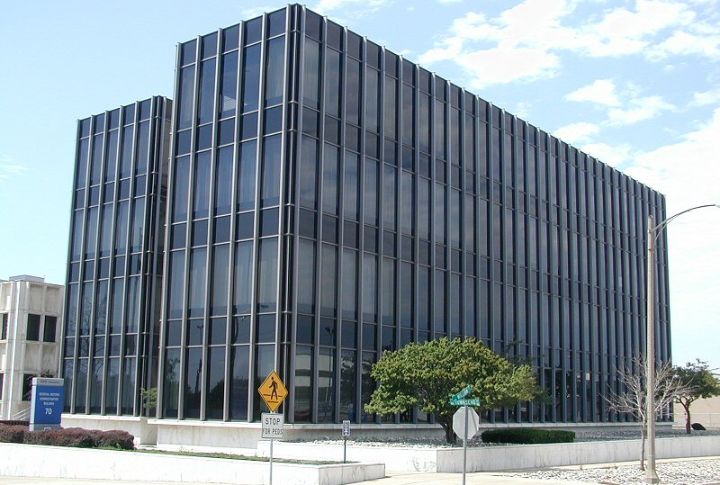
Born in 1897, Oldsmobile became an automotive institution. It introduced innovations like the automatic transmission, but General Motors ended production in 2004 due to branding overlaps and shifting consumer interest. After over 100 years on the road, the once-forward-thinking brand quietly rolled off the line.
